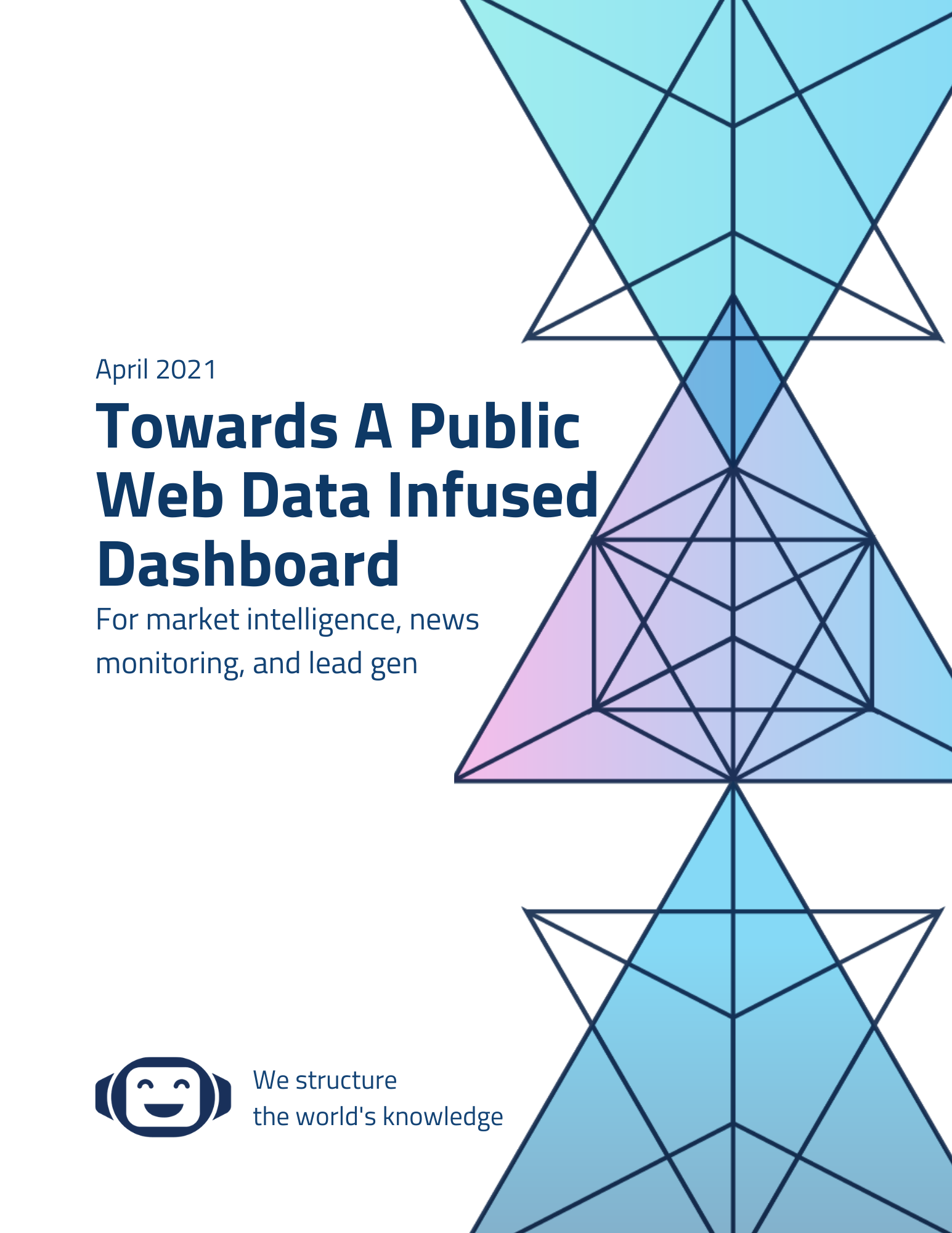Firmographic Data — also known as firm demographic data — is data related to the fundamental characteristics of organizations. Often used in market research and the segmentation of sales prospects, firmographic data may include the location, industry, number of employees, market cap, organizational structure, and performance details of an organization.
A primary use of firmographic data is that clusters of firmographic characteristics help to define market segments. Market segmentation is useful for B2B marketing, sales, service providers, and well as market intelligence.
Types of firmographic data
- Organizational Size is a cornerstone of market segmentation and can be used for market intelligence, investment purposes, sales outreach, and marketing.
- Organizational Type may help to discern overall organizational objectives. For example, NGO’s, charities, non-profits, or religious organizations may have substantially different objectives compared to for-profit or governmental organizations.
- Locations can include valuable clues as to business challenges, opportunities, or growth that an entity is faced with.
- Funding rounds can provide valuable input for sales or outreach cycles. Is a startup expanding rapidly? Is a university downsizing? Both can be to some degree determined by funding rounds.
- Industry type is commonly tracked via NAIC and SIC codes. While many organizations fall into multiple industries, this is typically a starting point for market segmentation.
- Sales and revenue data is available for every publicly-listed company as well as released in public statements.
- Subsidiaries and mergers can point to an organization that is expanding, building a wider moat, or building out human capital and IP in a given space.
- Mentions and sentiment aren’t a typical firmographic field but can provide data points about public relations and velocity as an organization grows.
- Product reviews are an additional source of information for market segmentation. Does an organization have trouble with one aspect of their product or service offerings? Is that something your org can remedy?
What’s Unique About Diffbot’s Firmographic Data
The single largest source of firmographic data is the public web. Hundreds of millions of organizations have online footprints of some sort. And yet very little of this information is structured. Diffbot is one of three North American organizations to crawl the entire web. Our crawlers apply natural language processing and machine vision to extract facts about “entities” (people, places, and things). And as one might expect, organizational data is one of our largest offerings.
Some of the benefits of structuring the public web for firmographic data include:
- Access to much wider range of “long tail” organizations than any human team could manually compile (at the latest build our Knowledge Graph has close to 16,000 plumbing organizations in Canada, or 280,000 architecture-related firms in America).
- The ability to refresh massive numbers of organizational facts every several days (the length of a Knowledge Graph crawl)
- The ability to refresh data on specific orgs more regularly (with tailored crawls and web data extraction)
- Linked data from articles, about people, about products, and organizations
- The ability to “infer” facts at a massive scale, generating unique insights that each have data provenance
- The ability to sort through organizations through a range of fields rather than rely on human-prepared content via a search engine
Diffbot’s Knowledge Graph™ provides search and enhance (data enrichment) coverage of hundreds of millions of firmographic profiles. Coupled with product, article, and people entity types, Diffbot’s firmographic data offerings are second to none.
Interested in how public web data can enter into your knowledge workflows? Check out our white paper below:

You must be logged in to post a comment.